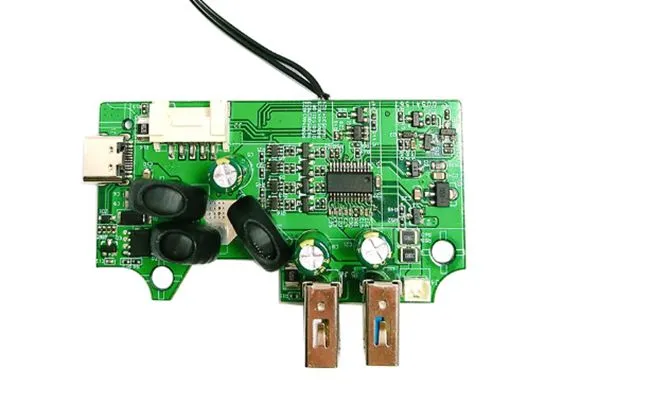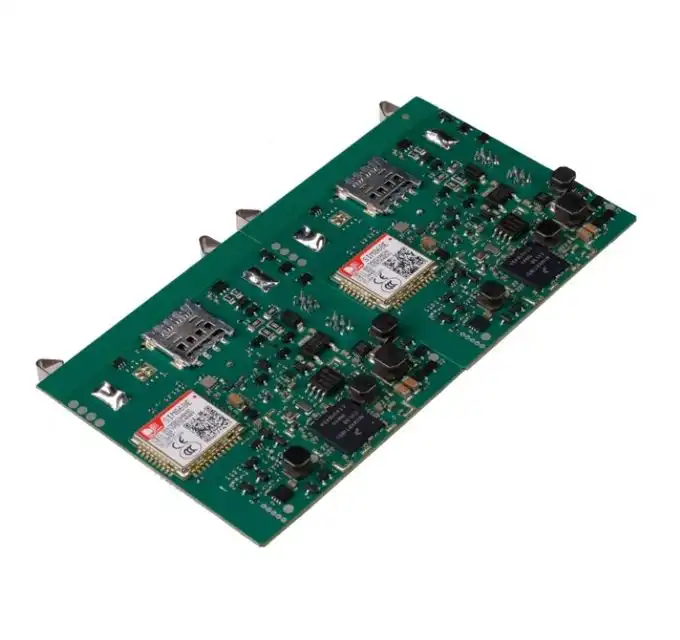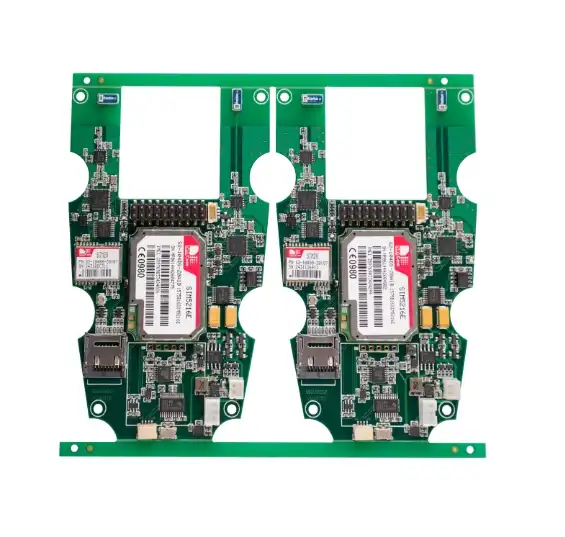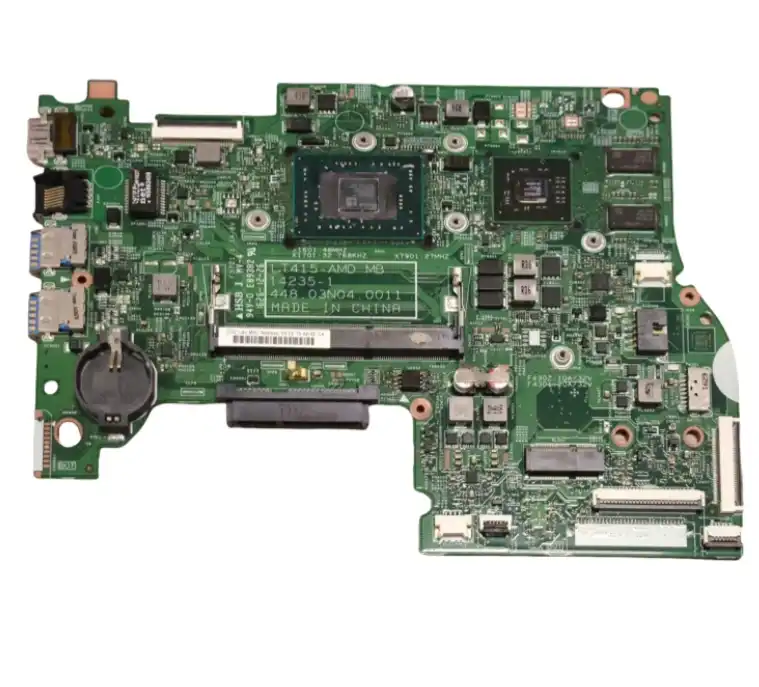Comprehending High-Power PCB Requirements
High-power PCB applications demand specific material characteristics to handle increased current flow and heat generation. These boards are commonly used in power supplies, motor controllers, LED lighting systems, and renewable energy installations. The primary challenges in designing high-power PCBs include managing thermal stress, ensuring proper current distribution, and maintaining structural integrity under extreme conditions.
Thermal Management in High-Power PCBs
Effective thermal management is paramount in high-power PCB design. As current flows through the board, it generates heat that can compromise component performance and longevity. Materials with high thermal conductivity help dissipate heat more efficiently, preventing hotspots and reducing the risk of thermal runaway. Copper, being an excellent conductor of both electricity and heat, plays a crucial role in this aspect.
Current Carrying Capacity Considerations
The current carrying capacity of a PCB is directly related to its copper thickness and width of traces. High-power applications often require thicker copper layers or wider traces to accommodate higher currents without excessive voltage drop or overheating. This necessitates careful material selection and layout design to ensure optimal electrical performance while maintaining manufacturability.
Top Materials for High-Current PCB Fabrication
Several materials stand out for their suitability in high-current and high-power PCB applications. Each offers unique advantages that cater to different aspects of high-power design requirements.
Copper-Clad Laminates with Enhanced Thermal Properties
Copper-clad laminates form the foundation of most PCBs. For high-power applications, laminates with enhanced thermal properties are preferred. These may include FR-4 variants with higher glass transition temperatures (Tg) and thermal conductivity. Some manufacturers offer FR-4 materials with thermal conductivities up to 1 W/mK, significantly higher than standard FR-4.
Aluminum-Backed PCBs for Superior Heat Dissipation
Aluminum-backed PCBs, also known as metal-core PCBs, are engineered to deliver superior thermal performance in demanding electronic applications. By incorporating a thin dielectric layer bonded to an aluminum substrate, these boards efficiently conduct heat away from high-power components, minimizing thermal buildup and improving overall reliability. This structure not only enhances cooling efficiency but also reduces the need for additional heat sinks. Commonly used in high-power LED lighting, motor controllers, and power converters, aluminum-backed PCBs provide excellent mechanical stability, durability, and cost-effective thermal management.
Ceramic Substrates for Extreme Temperature Applications
Ceramic substrates, such as aluminum nitride (AlN) and aluminum oxide (Al2O3), offer superior thermal conductivity and stability at high temperatures. These materials are ideal for applications in harsh environments or where extreme heat dissipation is required. Aluminum nitride, in particular, boasts a thermal conductivity of up to 170 W/mK, making it an excellent choice for high-power RF and microwave circuits.
Innovative Materials and Technologies for High-Power PCBs
The field of high-power PCB design is constantly evolving, with new materials and technologies emerging to meet increasingly demanding applications.
Graphene-Enhanced PCB Materials
Graphene, known for its exceptional thermal and electrical properties, is being explored as an additive to PCB materials. Graphene-enhanced laminates promise improved thermal conductivity and electrical performance, potentially revolutionizing high-power PCB design. While still in the early stages of development, these materials show great promise for future applications.
Advanced Thermal Management Solutions
Beyond material selection, advanced thermal management solutions are being integrated into high-power PCB designs to enhance heat dissipation and overall system reliability. Techniques such as embedded heat pipes, thermal vias, and high-conductivity conformal coatings effectively transfer heat away from critical components. These innovations enable designers to achieve higher power densities while maintaining safe operating temperatures. By improving thermal efficiency, these methods extend the lifespan of electronic components and ensure stable performance even in compact, high-stress environments.
High-Frequency Materials for Power Applications
As power electronics continue evolving toward higher switching frequencies, the demand for specialized materials with superior dielectric performance is increasing. PTFE-based laminates and low-loss ceramics, traditionally used in RF and microwave circuits, are now being adapted for high-power, high-frequency PCB designs. Their low dielectric loss and high thermal stability make them ideal for minimizing energy dissipation and improving signal integrity. Incorporating these materials enables more compact, efficient, and reliable systems for advanced power conversion and control applications.
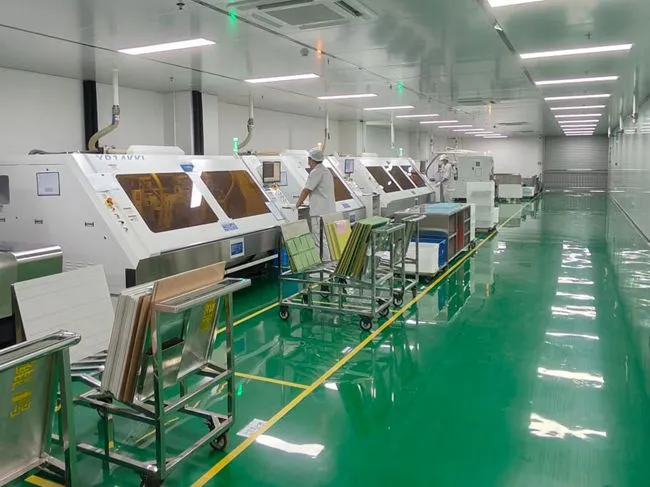
Conclusion
Selecting the right materials for high-current and high-power PCB applications is crucial for ensuring optimal performance, reliability, and longevity. From enhanced FR-4 laminates to aluminum-backed PCBs and ceramic substrates, a wide range of options is available to meet diverse application requirements. As technology advances, innovative materials and thermal management solutions continue to push the boundaries of what's possible in high-power PCB design. When seeking a high-power PCB manufacturer or supplier, it's essential to partner with experienced providers who understand the nuances of material selection and can offer guidance on the best solutions for specific applications.
FAQ
What is the most important factor in choosing materials for high-power PCBs?
The most critical factor is thermal management capability, followed by current carrying capacity and dielectric strength.
Can standard FR-4 be used for high-power applications?
While standard FR-4 can be used for some high-power applications, enhanced FR-4 variants with improved thermal properties are generally recommended for better performance and reliability.
How does copper thickness affect high-power PCB performance?
Increased copper thickness allows for higher current carrying capacity and improved heat dissipation, which are crucial for high-power PCB performance.
Expert High-Power PCB Manufacturing Solutions | Ring PCB
Ring PCB Technology Co., Limited specializes in manufacturing high-quality, high-power PCBs tailored to your specific needs. With our self-owned factory and full supply chain control, we ensure superior quality and reliability in every board we produce. Our vertical integration, from raw material procurement to rigorous testing, guarantees exceptional performance in high-current applications. Experience the difference of working with a dedicated PCB manufacturer committed to excellence. Contact us at [email protected] to discuss your high-power PCB requirements.
References
1. Johnson, M. (2022). "Advanced Materials for High-Power PCB Applications." Journal of Electronic Materials, 51(3), 1245-1260.
2. Smith, R. & Lee, K. (2021). "Thermal Management Strategies in High-Current PCB Design." IEEE Transactions on Components, Packaging and Manufacturing Technology, 11(7), 1078-1092.
3. Chen, Y. et al. (2023). "Comparative Analysis of Substrate Materials for High-Power Electronics." International Journal of Power Electronics, 15(2), 210-225.
4. Williams, P. (2022). "Emerging Trends in High-Frequency Power PCB Materials." Power Electronics Technology, 48(6), 32-38.
5. Zhang, L. & Brown, T. (2023). "Innovations in Thermal Management for High-Power Density PCBs." IEEE Power Electronics Magazine, 10(2), 44-51.
